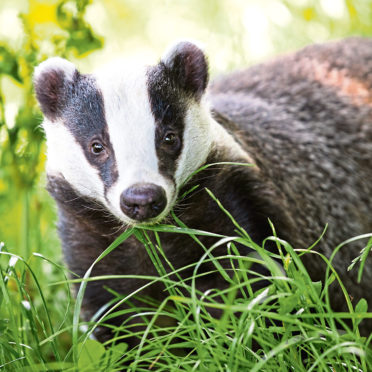Badger culling could be making the problem of tuberculosis in cattle worse, new research suggests.
The study indicates the practice drives the surviving creatures to cover 61% more land each month than before the cull began.
Researchers from the Zoological Society of London (ZSL) and Imperial College London say this means badgers which explore new areas as individuals are removed from neighbouring groups and territories open up.
The research, published in the Journal of Applied Ecology, found that badgers also visited 45% more fields each month.
The odds of a badger visiting a neighbouring territory after a cull increased 20-fold, potentially increasing the risk of TB transmission to both cattle and other badgers, according to the scientists.
Lead author and ZSL-Imperial PhD researcher Cally Ham explained: “Badgers spend a large proportion of the night foraging for food above ground, and as culling reduces the size of the population, competition for food will also be reduced.
“We believe this accounts for the reduced activity levels, as well as bold individuals becoming obvious targets for culling and being quickly removed from the population.
“Because culling partly relies on shooting badgers moving around at night, the fact that badgers were active for fewer hours per night could actually be undermining culling efforts to further control badger numbers.”
The research group from ZSL’s Institute of Zoology and Imperial’s MRC Centre for Global Infectious Disease Analysis studied 67 badgers across 20 cattle farms in areas with and without farmer-led culling in Cornwall, collecting GPS-collar data between 2013 and 2017.










